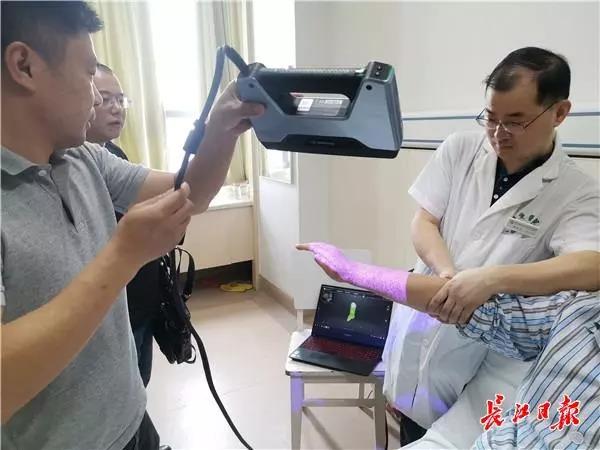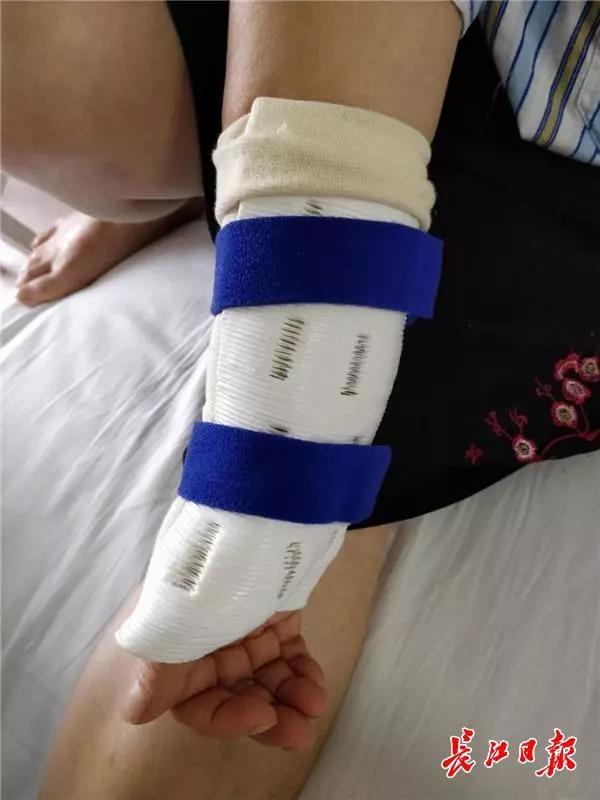"It's very convenient and the production speed is very fast." Recently, Ms. Liu, a fracture patient, gave her thumb up happily after putting on a special fixing brace. Ms. Liu, 58 years old, introduced that last week, she accidentally slipped while cleaning at home, causing fractures of her right arm and left ankle, and came to Wuhan No. 4 Hospital for treatment. After communicating with the patient, the doctor decided to use 3D printing technology to customize the fixed brace for him.
The reporter saw at the scene that the doctor performed a 3D scan of the injured right hand arm and left ankle of the patient through special equipment. While scanning, the computer modeled by reading the data, and the bracket model was automatically established based on the modeling. Finally, the 3D printer was used to The stand prints out.

It takes about 30 minutes from scanning the affected limb to printing out the hand brace, which is almost the same as the time for doctors to fix plaster with bare hands. Huang Ruokun, the chief surgeon and deputy chief physician of foot and ankle surgery at the hospital, said that wearing 3D printed braces is also relatively simple, and the braces can be fixed with elastic adhesive. In the later period, according to the degree of swelling or atrophy of the limb at the fracture, the doctor can also adjust the elasticity of the external fixation brace through elastic viscose. The multiple small holes on the surface can not only avoid the postoperative wound, but also facilitate the doctor to observe the skin changes and judge the recovery. .
The reporter learned that with plaster, it is often impossible to completely fit the injured area, which affects the recovery effect, and is heavy and inconvenient. The skin is also prone to itching and allergies. Compared with gypsum braces, braces printed with corn starch weigh only one sixth, and the price is 10% -20% higher than gypsum braces. The hollow design on the brace can make the skin more breathable, and patients can also take a brace to take a bath. 3D printing technology can meet the needs of different groups of people, and customize the appearance and color.

Huang Ruokun introduced that previously, due to printing efficiency, 3D printing technology could not be applied to orthopedic clinics on a large scale. Now, clinical needs are met through improved technology. Corn starch is used as a raw material, and the degradation rate will be faster after use. Environmental protection, "3D printing technology will make orthopedic surgery less detours, reduce the probability of mistakes, facilitate the majority of patients, and provide safe and individualized precision medical services." (Changjiang Daily reporter Correspondent Jing Tong)